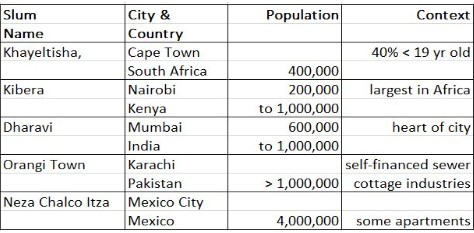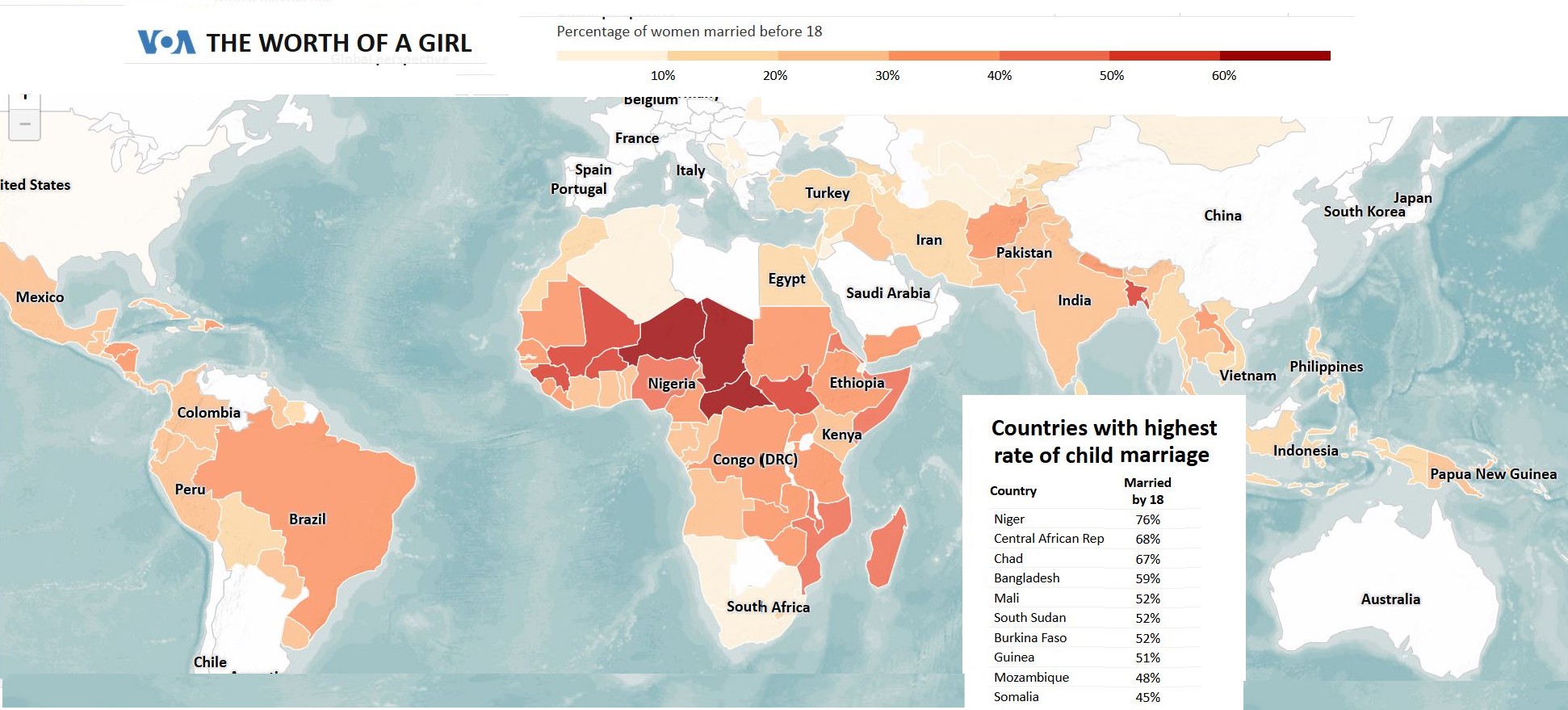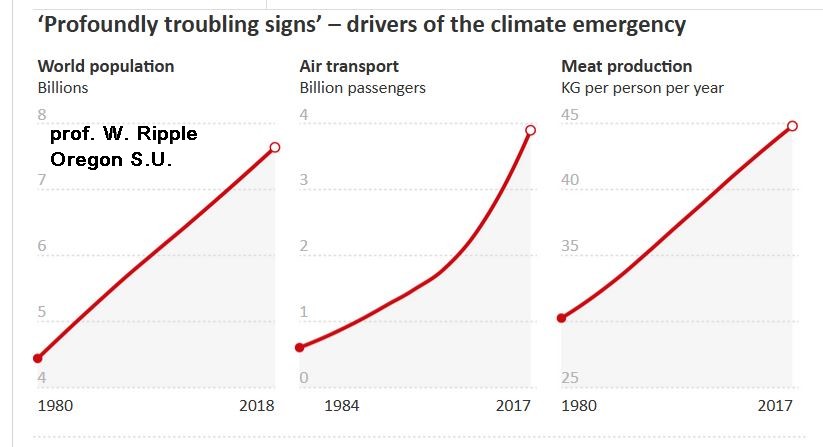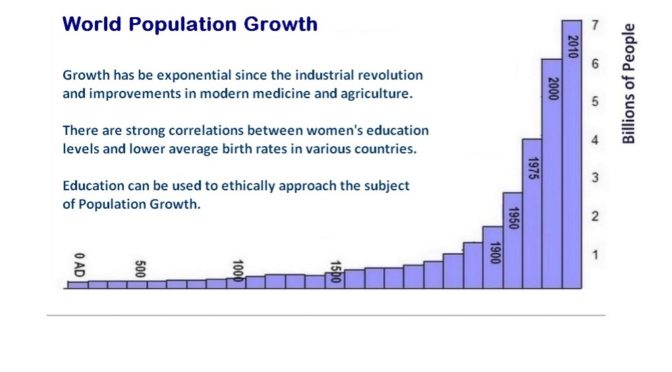Growth from 1 to 7 billion persons in just over one century. An exponential increase in world population. It is challenging to have a sustainable planet with that number of people and desired standards of living.
ETHICAL POPULATION STRATEGIES
Education is the best form of management of population growth. As seen on the page on EDUCATION:
- If 20% of women go to highschool, birth rate is 5 children
- If 80% of women go to highschool, birth rate is 2 children
There have been some horrific approaches to limiting population growth. It is evil to force termination of pregnancies or to sterilize by force. It is unethical to bribe poor populations into sterilization. Let’s only look at ethical solutions, like Education.

Visit the SOLUTIONS page to donate to Girl’s Education in Africa.
SLUMS & CORONA VIRUS
Poor persons living in slums, with little access to
(a) good nutrition,
(b) hygiene,
(c) the ability to self-isolate, or
(d) medical services,
are at most risk for poor outcomes in a pandemic like the novel corona virus, covid-19. A tidal wave of suffering approaches. A year from now, in 2021, the full magnitude of this tragedy will be clear. It is a sad time for humanity.
CITIES & SLUMS
As world population grows, there is also a migration from rural to urban living. In the extreme, there are megacites, with more than 10,000 million people. Within most megacities there are megaslums, sometimes with more than a million people living without sanitation, land ownership, fresh water, electricity and safe dwellings.
5 Largest Slums in the World, by Borgen Project.org
_______

Massive distributed slums also are growing in the following mega-cities. Total city population is listed here, rather than slum size. Slums can be 5% to 10% of the population. Contributing factors are noted:
- Dhaka, Bagladesh – pop 19 million (m) (climate change)
- Lagos, Nigeria – pop 16 m (drought, conflict)
- Rio de Jainero, Brazil – pop 7 m (deforstation for cattle)
- Sao Paulo, Brazil – pop 12 m (same)
- Kinshasa, DR Congo – pop 12 m (conflict)

- Cairo, Egypt – pop 10 m (Nile soil losses, dams)
- Lahore, Pakistan – pop 11 m (drought)
- Jakarta, Indonesia – pop 10 ml (forest loss for palm oil, timber)
- India: Chennai, Bengaluru, (monsoons, droughts)
Hyderabad, Ahmedabad, Kolkata, Surat, … - Not listed: mega- cities in China and other countries
Who is the mother? Who is the child?
Explore the alarming rate of increase in child brides, due to drought in Africa. Captured in the article: “Why climate change is creating a new generation of child brides“, by Gethin Chamberlain.

A new generation of child brides is being created, as reported at Brides of the Sun. Half of girls in Malawi and Mozambique are married before 18; the family no longer has food for them, due to crop failure.
In many of the poorest countries in the world, in Africa, Asia and Brazil, the rate of girls marrying before the age of 18 is over 60%. That represents many tens of millions of child brides. This is one of the greatest threats to women and education of girls, world-wide.

.

BIOCAPACITY
Another important theme of RescueTheWorld.net is biocapacity or our BioCap. How much land is there for farming and feeding everyone, at least in theory? How much fresh water is there and how is it distributed? How are carbon fuels being used? What is the evidence and impact of climate change?
RescueTheWorld.net strives to simplify all of these questions and answers with data from reliable sources, and links to those sources, so you can do your own more in-depth research and importantly, form your own opinions.
Trouble:

Optimism

- Live Births per woman are at 2.4 in 2017.
- This needs to go below 2.0 for a sustainable planet.

